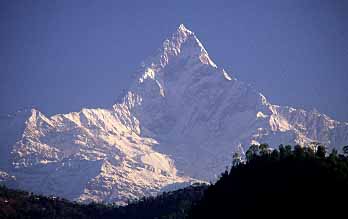Nepal(the Federal Democratic Republic of Nepal) is a landlocked sovereign state With an area of
147,181 square kilometers located in South Asia in the Himalayas and bordered to the north by the China, and to the south, east, and west by the India.Nepal is the world's 93rd largest country by land mass(has population of approximately 30 million) and the 41st most populous country. Kathmandu is the nation's.
Nepal has a rich geography and has eight of the worlds ten tallest mountains of the world, including the highest point on Earth, Mount Everest, called Sagarmatha in Nepali. Nepal has more than 240 peaks over 20,000 ft(6,096 m) above sea level.
Hinduism is practised by a majority of people in Nepal than in any other nation and Buddhism, though a minority faith in the country,and is linked historically with Nepal. Many people in Nepali do not
distinguish between Hinduism and Buddhism and follow both religious traditions.
Nepal was ruled by the Shah dynasty of kings from 1768, when Prithvi Narayan Shah unified its many
small kingdoms.

































